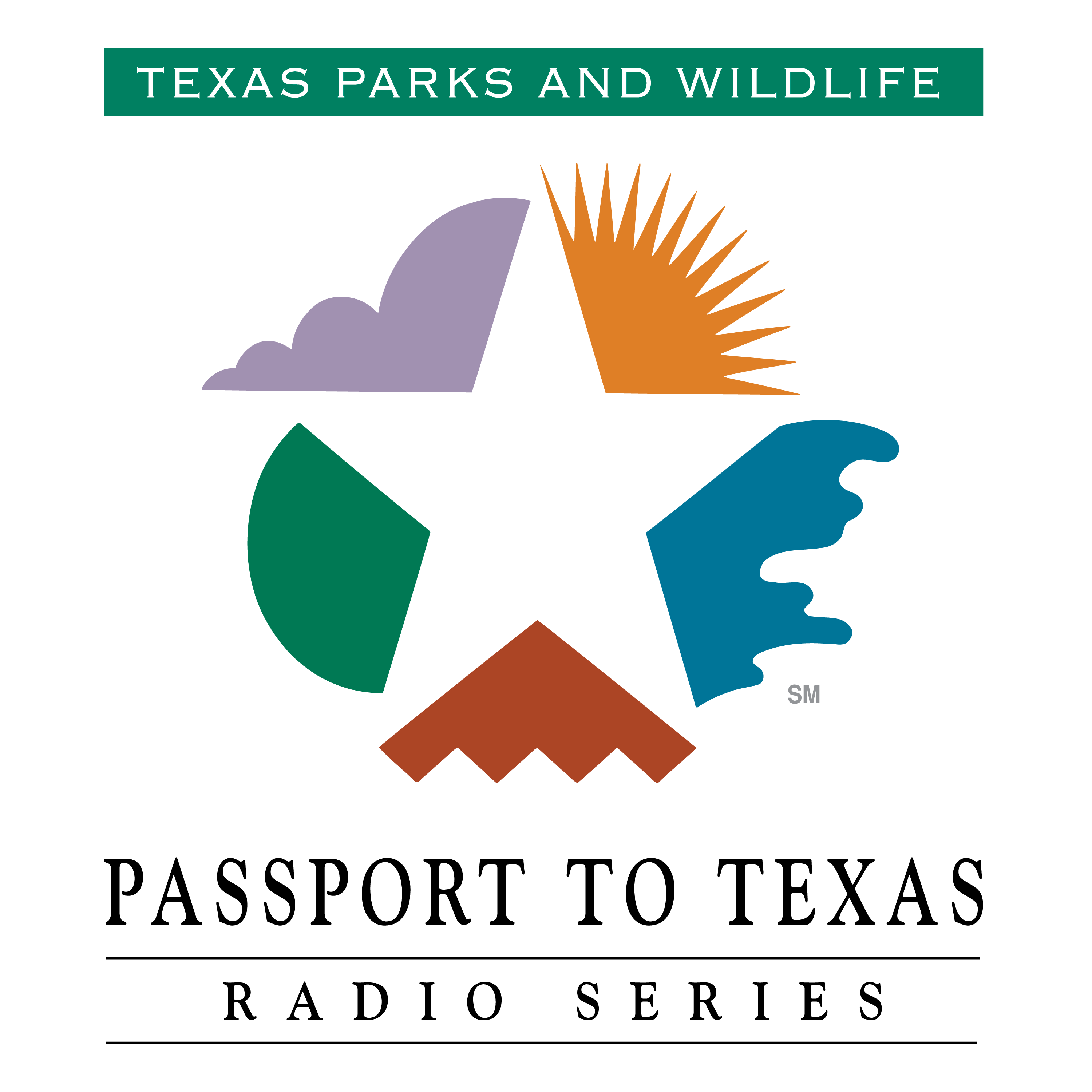Ocelot Habitat Restoration
Description
Endangered Ocelot
This is Passport to Texas
The endangered Ocelot once roamed many parts of Texas. But over the years, loss of their native thorn-scrub habitat has left only a handful of Ocelots in the Rio Grande Valley.
We need to restore their habitat as quickly as possible because they’re just really in dire need.
Dr. Sandra Rideout-Hanzak is a restoration ecologist at Caesar Kleberg Wildlife Research Institute.
The thornscrub is really unique and it’s highly diverse. We’re talking about small trees or large shrubs. They’re multi-stemmed so they’ve got lots of branches coming out very low to the ground. To humans it looks like this impassable jungle, but to Ocelots it’s just perfect.
Traditionally Ocelot habitat was left alone to restore itself. Now a new study is hoping to accelerate restoration efforts with woody plant seedlings.
We’ve kind of figured out how to replant these species of trees that become thornscrub. We have 700 seedlings that we’ve planted ourselves to see what we can do to get them to that multi-stemmed habitat where they’re growing in the right shape as quickly as possible.
The Wildlife Restoration Program supports our series and funds Ocelot research in Texas.
For Texas Parks and Wildlife…I’m Cecilia Nasti.
More Episodes
2019 First Day Hike at Davis Mountains State Park
This is Passport to Texas
If one of your resolutions is to sit less and move more in the New Year, may I suggest a First Day Hike to start things right.
First Day Hikes is a nationwide initiative that Texas State Parks has been participating in...
Published 12/31/19
Published 12/31/19
Javelina Happy Hour
This is Passport to Texas
Javelina, also called Collared Peccary, is a Texas native and lives in scrubby and arid regions of the state. Similar to hogs in appearance, they are not related. But mistaken identity doesn’t change their value in the ecosystem.
Javelina play a...
Published 12/26/19


